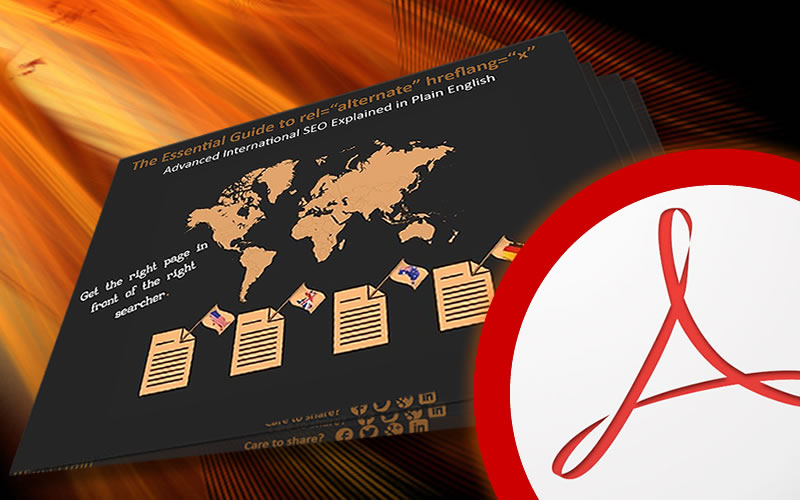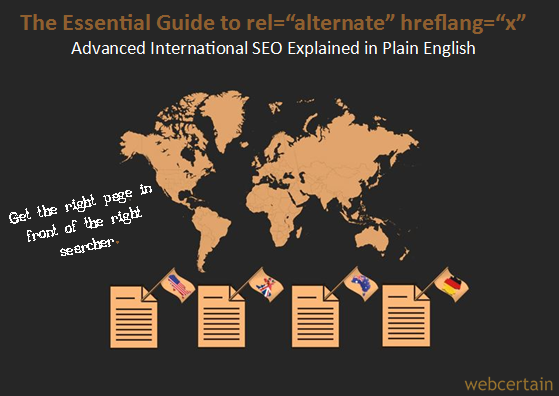 You could be forgiven for running a mile when stumbling upon Google’s rel=”alternate” hreflang=”x” annotation. The name alone sounds quite daunting, doesn’t it? But fear no more.
You could be forgiven for running a mile when stumbling upon Google’s rel=”alternate” hreflang=”x” annotation. The name alone sounds quite daunting, doesn’t it? But fear no more.
Multilingual web marketing agency Webcertain has created an exhaustive and NON-technical 40+ page guide to Google’s Hreflang construct, which will provide all you multilingual/multiregional site owners out there with everything you need to know about the tags.
The best part? Apart from being absolutely free, the guide is explained in plain English and is jam-packed with tangible examples and visual illustrations to help it go down even more smoothly.
Specifically, you can expect to learn:
- Why geo-targeting matters to you;
- The various signals that Google employs to determine geo-relevance, which in turn will provide you with a broader understanding of the overall geo-targeting umbrella and how the hreflang tags fit into the mix;
- When to use the rel-alternate-hreflang annotation through common example scenarios;
- How to implement the construct; either as markup in the head, through sitemaps, or in the HTTP header;
- When and how to use the recently introduced hreflang=”x-default” attribute;
- When to use rel-canonicals in conjunction with hreflang, and when NOT to;
- Last but not least, the guide contains a FAQ cheat sheet.










